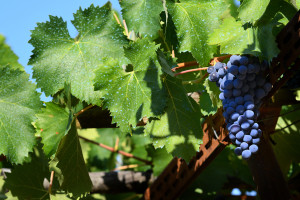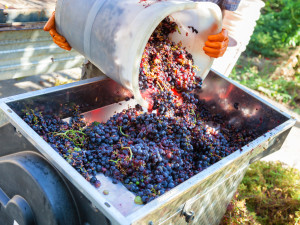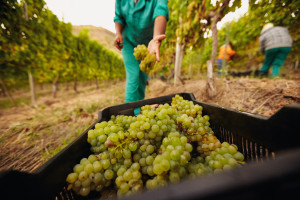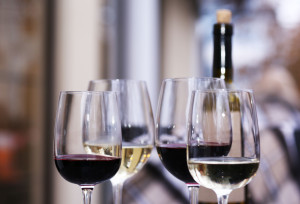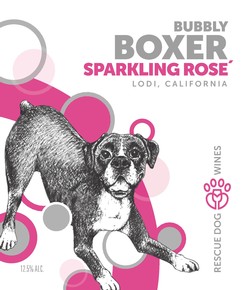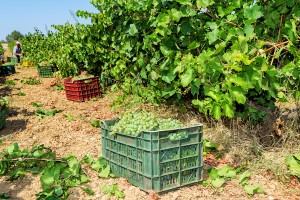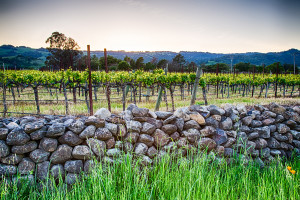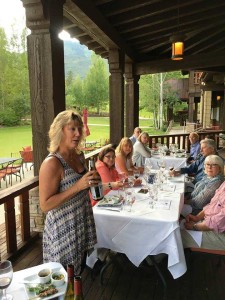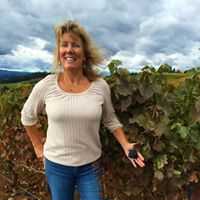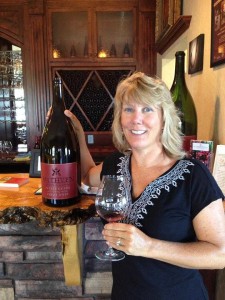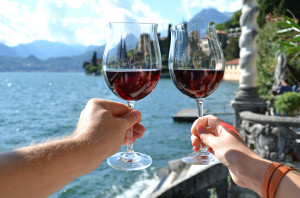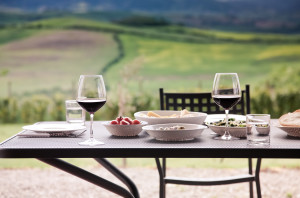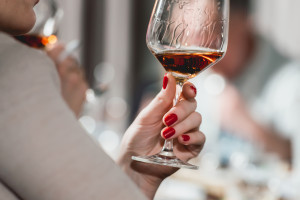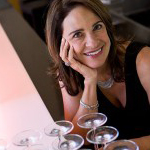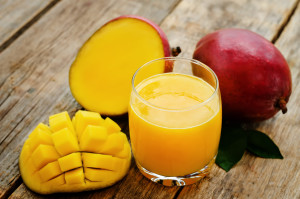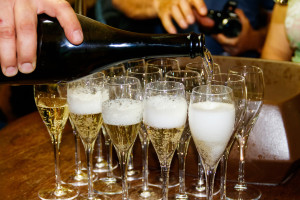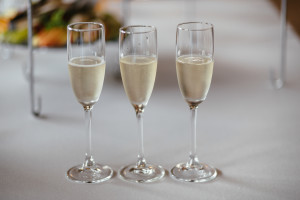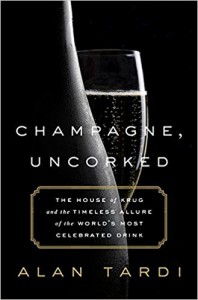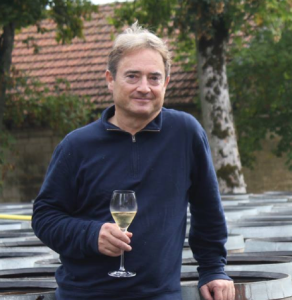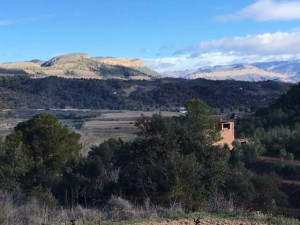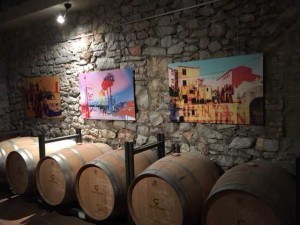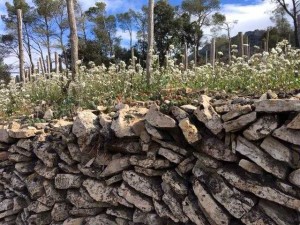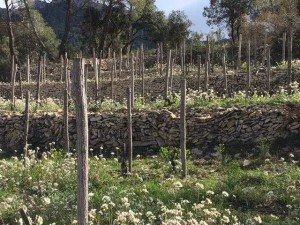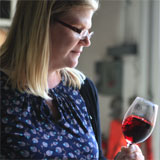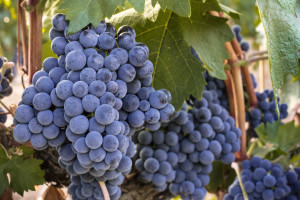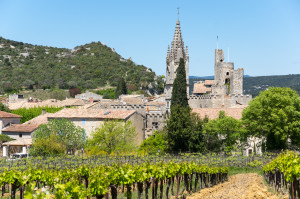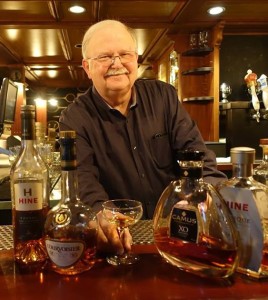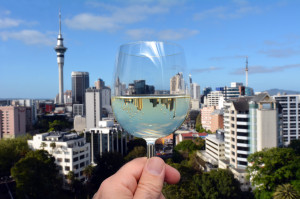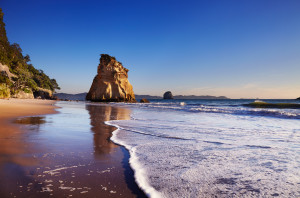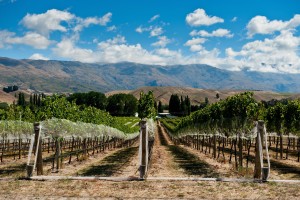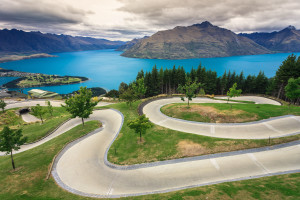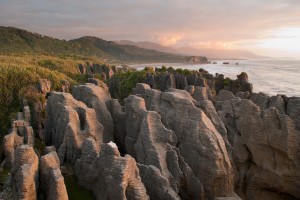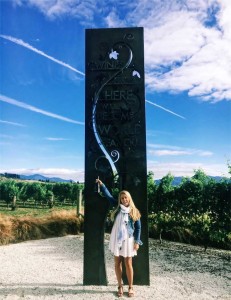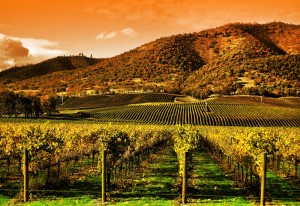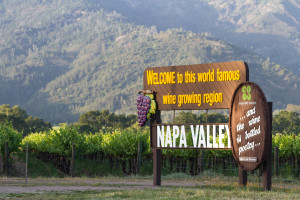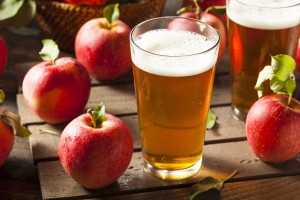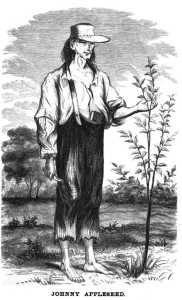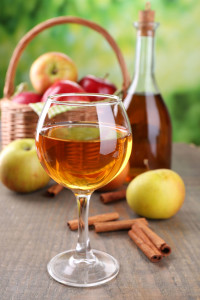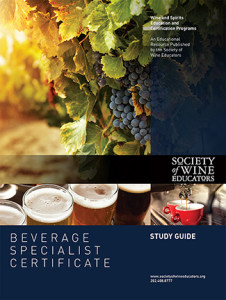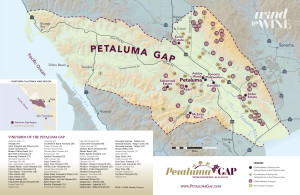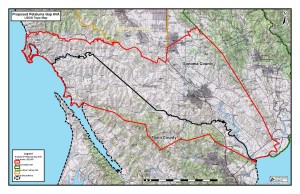Today we have a guest post from a frequent contributor that we know as Candi, CSW. Read on to see how Candi learned to appreciate some local small businesses that just happen to be wineries.
Small business is part of my DNA. All of my grandparents were family farmers. My father’s main business was a small electronics firm; as soon as he could, he too purchased a small farm. My brother and I each became self-employed after years of working as an employee. It’s just who we are.
So it stands to reason that I would seek out and support small businesses when it makes financial sense. I may be frugal, but I’m willing to pay a bit of a premium to support local restaurants, shops, etc.
Given my passion for vino, I have sought out opportunities to support small wineries. When we do a tasting trip, I seek out small vintners that I may have never even experienced for the target list. Extra points if the wines can’t be found elsewhere. Over time, direct-from-winery purchases have increased. Why not support wine as a small business and, sometimes, as a small farm?
Very recently, I learned of a local event that would focus on small California family-owned wineries. It was one of my small-vintner buddies who clued me in, as he would be there. Sounds like another way to get a perspective on wine as a small business, not to mention a perfect way to spend a weekend afternoon. And my trusty designated driver, i.e. husband, willing to step up. I’m there. I’m so there.
The event was organized by an association for its members. More than 60 wineries participated. About 80% of the wineries have an annual case production of less than 10,000; about 30% produce 1,000 or fewer cases per year. Most major regions and a cross-section of AVAs were represented. It appeared that the wineries were targeting visibility to brokers, distributors, on-premise trade, and even direct-to-consumer.
My standard approach to an event of this magnitude is to do pre-event research. Just like tasting trips, I want to narrow the focus. As a professional, I’ve learned that I have a limit before palate fatigue sets in. For safety, education and enjoyment, I respect my personal limitations. To their credit, the association provided detailed information well in advance of the event. Even a spreadsheet listing participants, price ranges, key varietals, and contact information was available. Perfect.
Prior to the event, I began to receive e-mails from some of the wineries. These detailed what wines would be poured, reminded me to stop by, etc. About 15% of the vintners sent these messages. A nice touch and a way to build anticipation.
For the event, I took a hard copy of my target list. Onsite, things were well-organized and staffed with ample volunteers. User-friendly organization, complete with tables in alphabetical order. A promising start.
Advance information, particularly the winery spreadsheet, proved to be very helpful. I did chat with a few attendees, seemingly Millennials, who preferred the app for smartphones that was also provided prior to the event. Not my cup of tea, nor my glass of vino. Multiple media strategies, however, can be a key way to increase exposure. Whatever is most user-friendly to the attendee is likely be adopted and appreciated.
Armed with my trusty personal bottle of water, I began to execute my plan. As I limit the number of stops, it allows more time to chat with each vintner and to learn any geeky details or back story they care to share. Fortunately, there was less crowding than I’ve experienced at some events. The best part, for me, is learning from the vintners and staff. Less crowding means I don’t have to move on to be polite.
I learned of some wineries that were founded by “dreamers” later in life as an additional career. Some harvested grapes from tiny plots within key vineyards. Many continue to experience the high cost of doing business, particularly in glam areas like Napa and Sonoma. Most have opened since 2000, some as recently as 2017 and 2018.
Wineries were generally pouring current releases; there were a few new releases from vintages as new as 2016 for reds and 2018 for whites and roses’. My most interesting takeaway was the vast cross-section of varietals; clearly, some of the vintners had favorite grapes and chose to work with them. And, as I worked my way through my plan, I began to see just how many different varietals I could experience.
To illustrate, here is a list of a few of the wines that made a favorable impression. Granted, pricing and availability vary by location. But due to my frugal mindset, all wines listed are generally priced in the mid double-digits or less.
- Tablas Creek, Dianthus, Rose’, 2018: of Mourvedre, Grenache, Counoise. Listed first because this vintner is a reliable producer for us.
- Oak Farm, Albarino, 2017
- Tranquil Heart, Barbera, 2015
- Keenan, Cabernet Sauvignon Napa Valley, 2014
- Kieu Hoang, Chardonnay, 2015
- Avinodos, Malbec, Napa Valley 2015
- Enriquez Estate, Pinot Noir, 2011, and Tempranillo, 2012
- Rescue Dog, Sparkling Rose‘ NV “Bubbly Boxer”. Listed as a fun choice with a percentage of profits dedicated to, you guessed it, rescue dog organizations. Wine with a cause, why not?
All of the wines except for Tablas Creek were new to me. I was learning that survival, even thriving, depend upon continued, increasing visibility as a key success factor. And not just for wineries. There were some other encounters. Many with…owners of small businesses.
This was an event done in a no-frills manner. The association relied upon a few sponsors for basic bread, cheese, and crackers so that palates could be cleansed and attendee risk managed. I met a few sponsors, and learned where I can buy their very tasty stuff locally.
I saw one of my gym buddies there. Her husband is chef/owner of a restaurant. Another small business to seek out and support. Another business card into my bag.
I met the head bartender from one of our favorite restaurants; in fact, the place where we celebrated an anniversary. He noted that their top-selling brand is, yes, from a small winery.
I met folks visiting the area from Oregon. I now have a few recommendations of small wineries in their area to consider on our next tasting trip there.
So it wasn’t just the wineries that were getting increased exposure at the event. My opinion: small businesses need ongoing visibility to survive and even to thrive. That means multiple methods of communication: websites, focused e-mails, social media, word of mouth, any way to get their presence and their story out there.
Maybe it was just a coincidence. The day after the event, I received an e-mail from a winery. They were liquidating and offering closeout pricing on their remaining inventory. One of those places where I’d signed up for a list years ago, so long ago that I forgot I subscribed to the list. Certainly the first message I’d had from them in years. A case study in what not to do? Possibly.
Since the event, I’ve received e-mails from several of the wineries. Reminders of what was poured, coupon codes for post-event discounts, thank-yous for stopping by. Follow-up and follow-through. Very wise.
If this event was any indication, small wineries remain alive and well. I also realized though, that it’s all about visibility, communication, flexibility, and just being out there.
As a small business owner, I will continue to support the same. Will you consider doing so as well? It is your choice. My choice is….
Small Winery Cheers!
